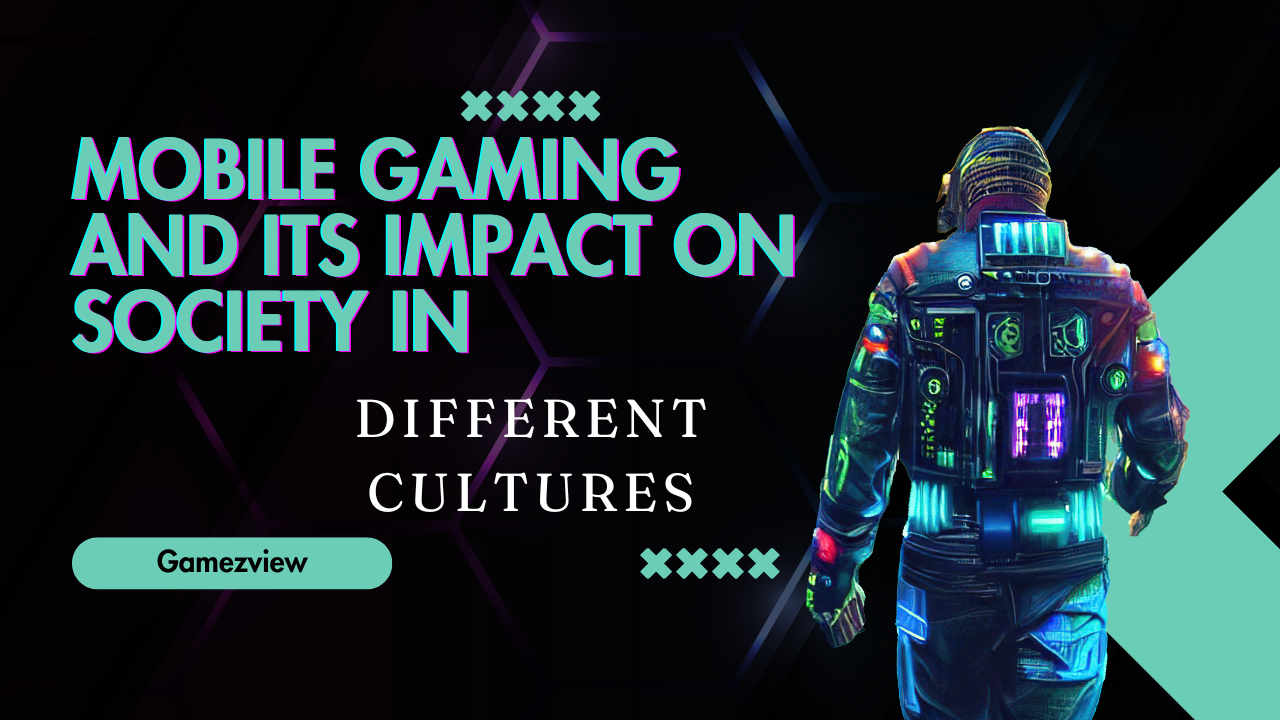The realm of game development stands as a cornerstone in the modern landscape of entertainment. From captivating narratives to immersive gameplay experiences, the process of creating a game involves meticulous planning, creative prowess, and technological finesse. In this journey into the game development process, we embark on an odyssey to unveil the secrets behind the scenes, exploring each phase from conception to release and beyond.
Pre-Production Phase
Conceptualization
In the genesis of a game, ideas are born from the depths of imagination. Brainstorming sessions ignite the creative spark, where developers delve into a world of possibilities, fueled by passion and innovation. Market research plays a crucial role, providing insights into trends, player preferences, and untapped niches.
Design Documentation
With concepts in hand, the next step is to breathe life into ideas through meticulous documentation. The Game Design Document (GDD) serves as the blueprint, outlining the game’s mechanics, storyline, characters, and world. Storyboarding helps visualize key moments, paving the way for coherent narrative arcs and engaging gameplay progression.
Production Phase

Prototyping
Prototyping marks the transition from concept to reality, where developers create proof of concepts to validate gameplay ideas and mechanics. This phase allows for experimentation, iteration, and refinement, laying the foundation for the game’s core experience. Initial gameplay mechanics take shape, setting the stage for further development.
Art Production
Artistry intertwines with technology as artists craft vibrant worlds, intricate characters, and captivating environments. Character design captures personalities and emotions, while environment design breathes life into fantastical realms. The synergy between art and technology yields visual splendour, enriching the player’s immersive journey.
Programming
Behind the scenes, lines of code converge to form the backbone of interactive experiences. Programmers delve into the realms of algorithms and logic, translating design concepts into functional gameplay elements. From player controls to enemy AI, every aspect of the game undergoes meticulous coding and integration of audio-visual assets for a seamless experience.
Testing and Quality Assurance
Alpha Testing
As development progresses, internal testing ensues to identify and rectify bugs, glitches, and gameplay imbalances. Alpha testing provides developers with invaluable feedback, allowing for swift iterations and improvements before the game reaches a wider audience.
Beta Testing
With the game nearing completion, external testers are enlisted to provide diverse perspectives and real-world gameplay scenarios. Beta testing unveils unforeseen challenges, usability issues, and areas for optimization. Developers diligently incorporate feedback, fine-tuning the game for optimal performance and player satisfaction.
Refinement Phase

Iterative Development
The refinement phase heralds an era of iterative development, where continuous feedback shapes the evolution of the game. Agile methodologies empower developers to adapt, iterate, and innovate in response to player expectations and industry trends.
Optimization
Performance optimization takes centre stage as developers strive to deliver smooth framerates, responsive controls, and immersive experiences across diverse platforms. Debugging becomes a relentless pursuit, as developers unearth and eliminate bottlenecks, ensuring the game runs seamlessly on a myriad of hardware configurations.
Marketing and Promotion
Creating Hype
In the digital age, building hype is paramount to a game’s success. Trailers, teasers, and promotional materials tantalize audiences, offering glimpses into the game’s world and mechanics. Social media campaigns harness the power of online communities, fostering anticipation and engagement.
Community Engagement
The gaming community serves as a cornerstone of support and feedback. Developers actively engage with players, cultivating a sense of community through forums, social media platforms, and live events. By listening to player feedback and addressing concerns, developers forge lasting relationships and foster loyalty among fans.
Launch Phase

Release Preparation
As launch day looms on the horizon, developers meticulously prepare for the game’s debut. Platform selection and distribution channels are carefully chosen to maximize reach and accessibility. Marketing strategies are fine-tuned, with press releases and media outreach amplifying the game’s visibility.
Launch Day Activities
Launch day unfolds with a flurry of digital festivities, as developers and players alike celebrate the culmination of years of hard work and dedication. Digital launch events, livestreams, and community gatherings unite fans from around the globe, ushering in a new era of gaming excitement.
Post-Launch Support
Updates and Patches
The journey doesn’t end with launch day; it merely marks the beginning of a new chapter. Developers continue to support their creations with regular updates, patches, and content expansions. Player feedback serves as a guiding light, steering the direction of future updates and ensuring the game remains relevant and engaging.
Downloadable Content (DLC)
DLC expands the game’s horizons, offering new adventures, characters, and storylines to eager players. From expansion packs to cosmetic upgrades, DLC enriches the player experience, breathing fresh life into beloved franchises and fostering longevity in competitive markets.
Analytics and Feedback
Data Collection
In the age of digital connectivity, data reigns supreme. Developers leverage analytics tools to collect and analyze player behaviour, identifying trends, preferences, and pain points. This data-driven approach empowers developers to make informed decisions and tailor experiences to suit diverse player demographics.
User Reviews
User reviews serve as a barometer of success, reflecting player sentiments and satisfaction levels. Developers heed both praise and criticism, using reviews as a roadmap for improvement and innovation. By fostering open communication and transparency, developers build trust and credibility within the gaming community.

Legacy and Future Development
Game Legacy
A successful game leaves an indelible mark on the industry, shaping trends, technologies, and player expectations for years to come. Cultivating a loyal fan base and garnering critical acclaim solidify a game’s legacy, inspiring future generations of developers and gamers alike.
Sequels and Spin-offs
The end of one journey often marks the beginning of another. Sequels and spin-offs capitalize on the success of their predecessors, expanding upon established worlds and narratives. By building upon the foundation laid by previous iterations, developers breathe new life into beloved franchises and explore untapped potential.
Challenges in Game Development
Technological Constraints
The ever-evolving landscape of technology presents both opportunities and challenges for developers. Technical constraints, hardware limitations, and compatibility issues pose formidable obstacles, requiring innovative solutions and adaptive strategies to overcome.
Creative Block
The creative process is fraught with challenges, from writer’s block to artist’s fatigue. Creative blocks can stall progress, dampen morale, and impede innovation. Overcoming creative hurdles requires resilience, collaboration, and a willingness to embrace experimentation and failure.
Market Saturation
In an increasingly crowded market, standing out from the crowd is no easy feat. Market saturation, fierce competition, and shifting consumer preferences demand agility and foresight. Developers must navigate these turbulent waters with strategic marketing, innovative gameplay mechanics, and compelling narratives to capture audience attention and loyalty.
Trends in Game Development
Virtual Reality (VR)
Virtual reality opens new frontiers in immersive entertainment, transporting players to fantastical realms and immersive experiences. From VR headsets to motion controllers, this burgeoning technology offers unprecedented levels of immersion and interactivity, revolutionizing the way we play and experience games.
Augmented Reality (AR)
Augmented reality bridges the gap between the digital and physical worlds, overlaying digital content onto the real-world environment. From mobile apps to AR glasses, this emerging technology enriches everyday experiences with interactive elements, gamified challenges, and social engagement opportunities.
Mobile Gaming
Mobile gaming continues to dominate the gaming landscape, offering accessible, on-the-go entertainment for players of all ages. From casual puzzles to hardcore RPGs, the mobile platform caters to diverse tastes and preferences, driving innovation and revenue growth in the gaming industry.
Future of Game Development

Emerging Technologies
The future of game development is imbued with promise and possibility, as emerging technologies unlock new realms of creativity and interactivity. From cloud gaming to artificial intelligence, developers are poised to harness the power of cutting-edge technologies to create immersive, groundbreaking experiences.
Industry Innovations
Innovation is the lifeblood of the gaming industry, driving progress, pushing boundaries, and redefining the medium. From procedural generation to dynamic storytelling, developers continue to push the envelope, exploring new genres, mechanics, and experiences that captivate and inspire players around the globe.
The journey into the game development process is a testament to the power of creativity, collaboration, and ingenuity. From humble beginnings to global phenomena, games have the power to captivate, inspire, and unite players from all walks of life. As we unveil the secrets behind the scenes, we celebrate the passion, dedication, and innovation that define the gaming industry, shaping the future of entertainment for generations to come



